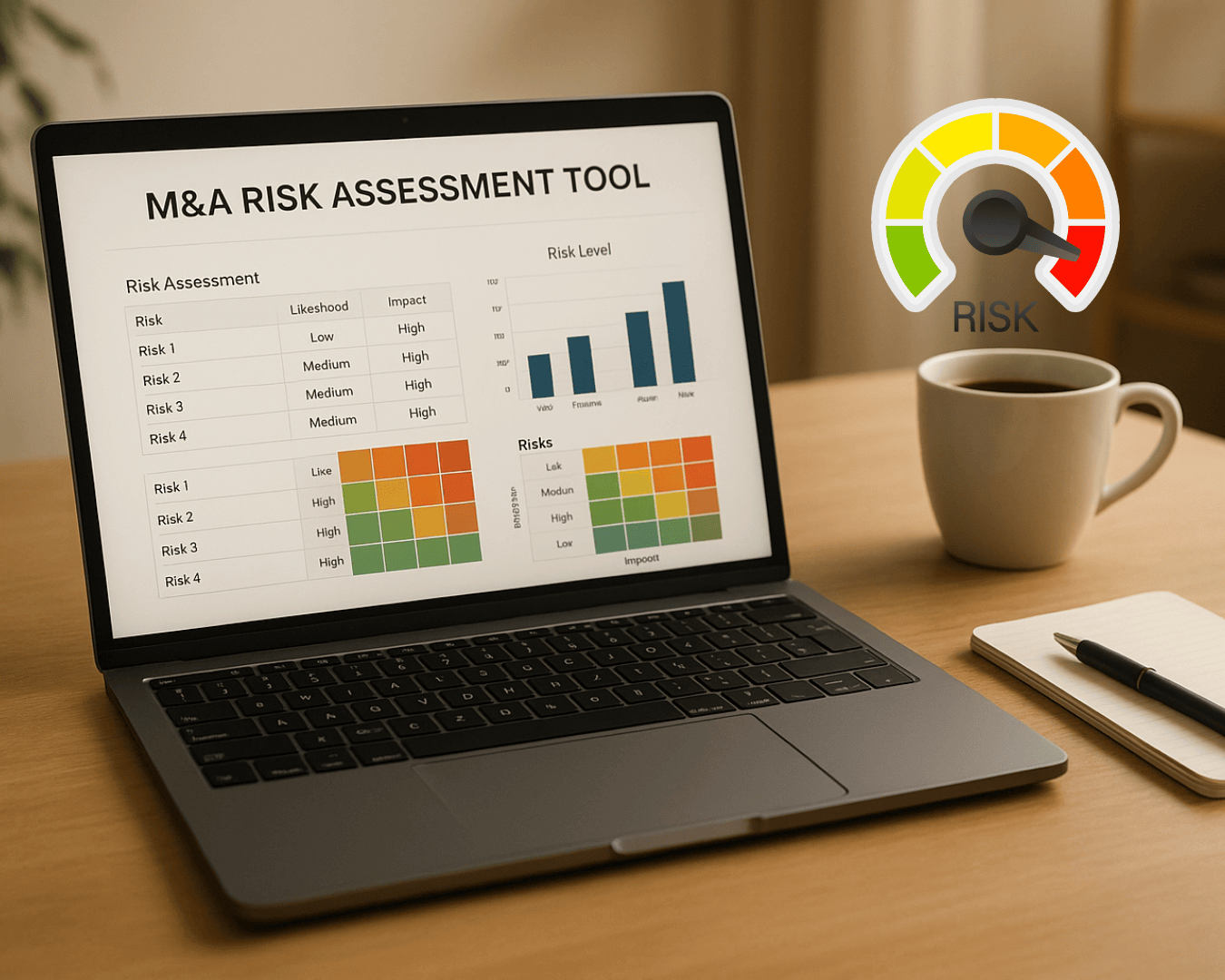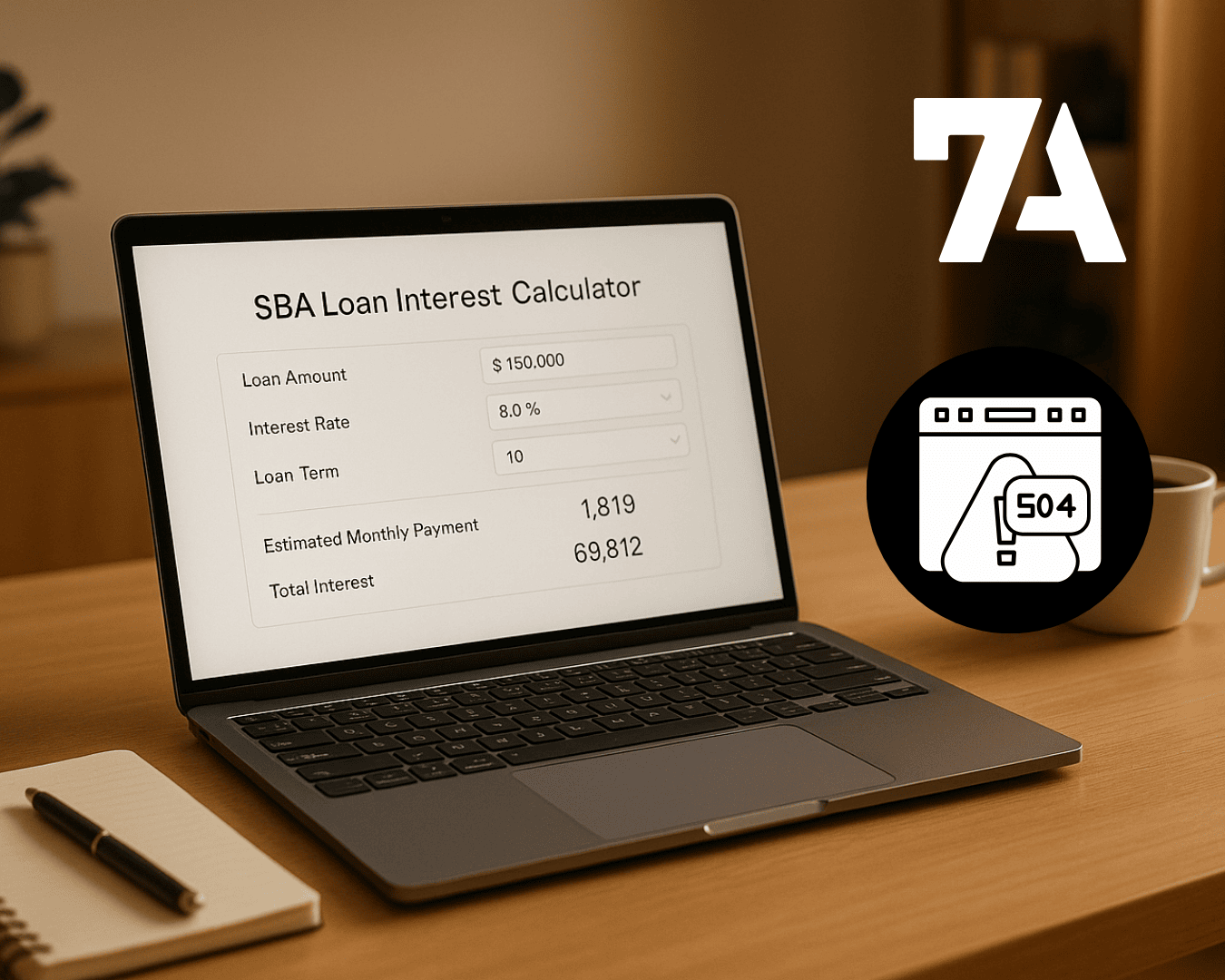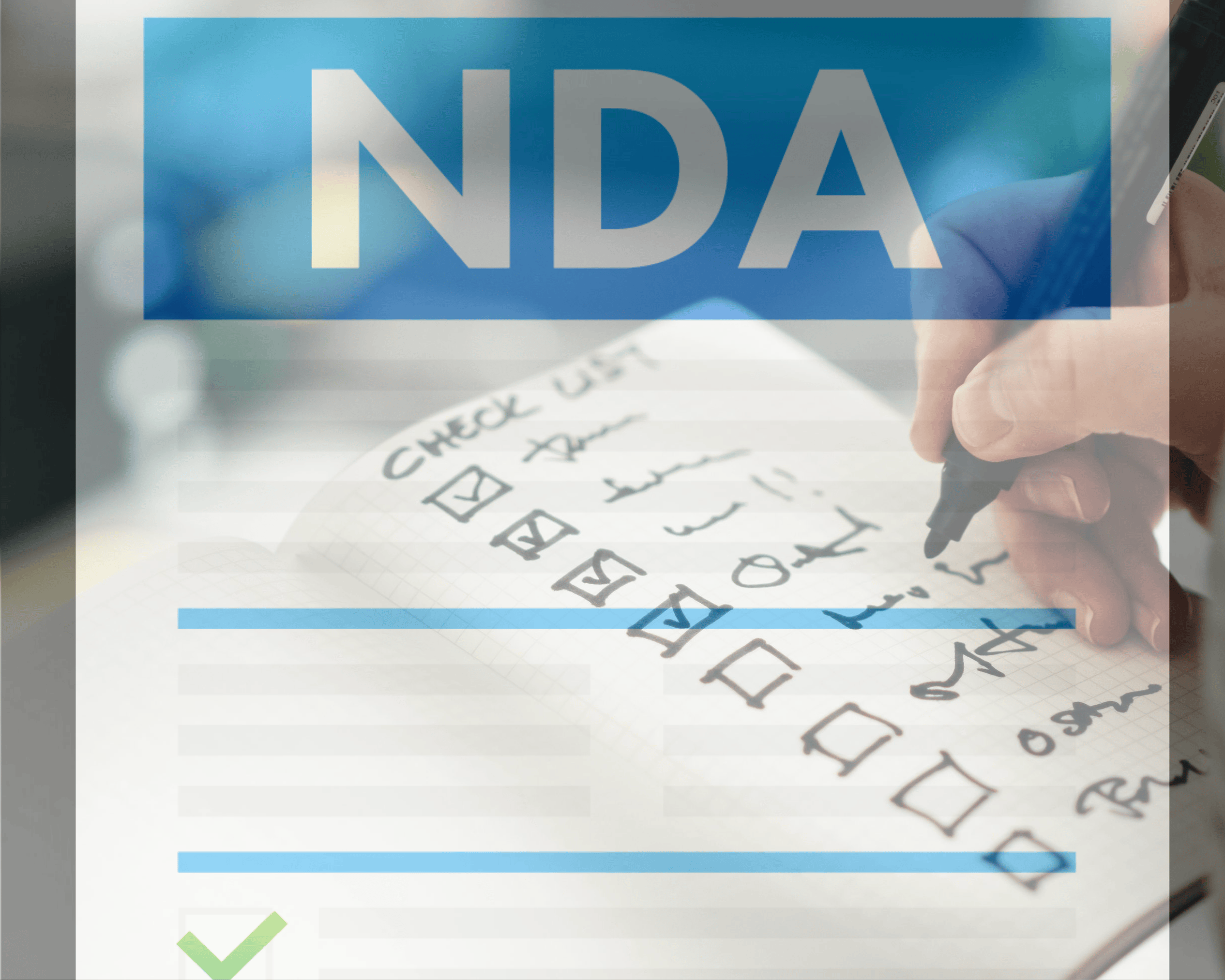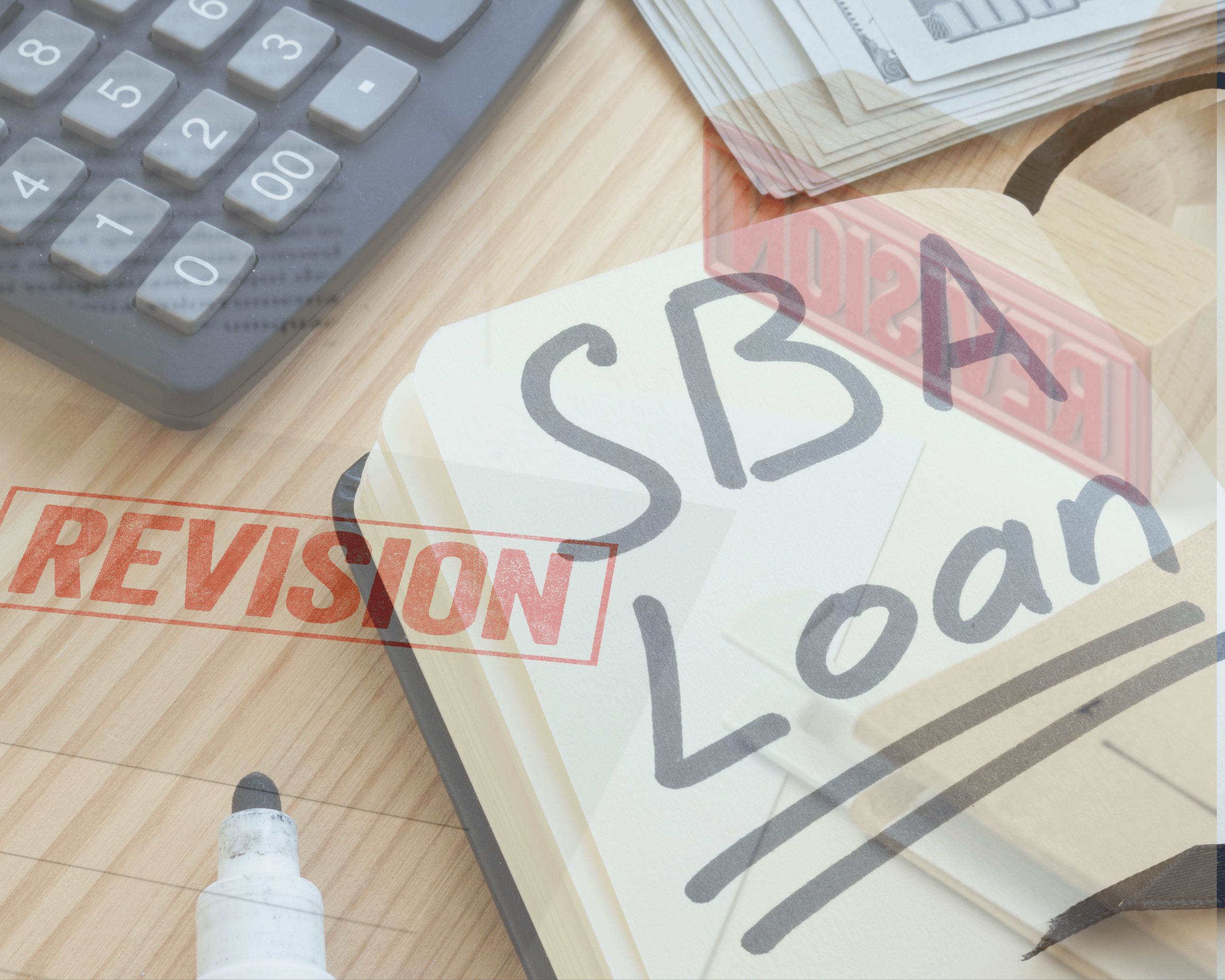Cash flow sensitivity analysis helps small businesses plan for changes in revenue, costs, and payment timing. This ensures better financial decisions, avoids cash shortages, and builds accurate forecasts for stakeholders. Here’s what you need to know:
- Key Cash Flow Factors: Sales, costs, operating expenses, and payment terms.
- Scenario Testing: Analyze impacts of revenue drops, cost increases, or payment delays.
- Timeframes to Plan: Short-term (0-3 months), medium-term (3-12 months), and long-term (1-3 years).
- Practical Steps: Use data to forecast, adjust payment terms, and prepare for seasonal changes or growth.
This analysis is also valuable for buyers assessing business acquisitions by identifying risks and opportunities. Tools like Clearly Acquired simplify the process with data management and scenario tracking features.
Sensitivity Analysis in Finance | Calculating Break-Even Point
Cash Flow Variables
Understanding the key factors that drive cash flow is essential for identifying areas that might need attention.
Main Cash Flow Components
For small businesses, keeping an eye on these four core elements is crucial:
- Sales and revenue
- Cost of goods sold (COGS) and direct costs
- Operating expenses
- Payment terms
By analyzing these, you can see how changes in each area impact your overall cash balance.
How Changes Affect Cash Flow
Adjustments in the timing of revenue, expense levels, or payment terms can directly influence the cash you have available. For instance:
- Delayed payments from customers can slow down your incoming cash flow.
- Increased variable costs can quickly reduce your reserves.
Running scenarios, like shortening payment terms, helps you prepare for potential cash shortages and maintain liquidity.
Profit vs. Cash Flow
Profit and cash flow are not the same. Here's the difference:
- Profitability reflects your revenue minus expenses, showing how well your business performs over time.
- Cash flow management focuses on the actual movement of money - what comes in and goes out - emphasizing short-term liquidity and working capital.
Even a profitable business can face cash shortages if revenue isn't collected promptly. Grasping this difference is key to effective planning and scenario analysis.
How to Perform Cash Flow Analysis
Collecting the Right Data
To start, gather 12 months of financial records to understand your cash flow dynamics. Here's what to include:
- Bank statements: Monthly records showing actual cash inflows and outflows.
- Accounts receivable aging reports: Details on customer payments and any delays.
- Accounts payable schedules: A list of your payment obligations.
- Sales forecasts: Include expected seasonal trends and growth estimates.
- Fixed and variable cost breakdowns: Separate ongoing expenses from those that fluctuate.
Organize this information in a spreadsheet or financial software. Combine past data with future projections to create a baseline that will support your analysis.
Testing Different Scenarios
Once your baseline is ready, adjust key variables to see how they affect your cash flow. Here are some scenarios to test:
1. Revenue Changes
Explore how your cash flow reacts to:
- A 10% drop in monthly sales.
- A 30-day delay in customer payments.
- A 25% decline in revenue during seasonal slowdowns.
2. Cost Adjustments
Assess the impact of:
- A 15% increase in raw material costs.
- Higher utility bills during peak seasons.
- Additional staffing expenses during periods of growth.
3. Working Capital Shifts
Evaluate scenarios like:
- Carrying more inventory than usual.
- Extending payment terms with suppliers.
- Tightening payment terms for your customers.
Analyzing Over Different Timeframes
Break your analysis into time horizons for a clearer picture of cash flow needs:
- Short-term (0-3 months): Focus on weekly cash flow, payment schedules, and immediate working capital requirements.
- Medium-term (3-12 months): Plan for seasonal changes, upcoming investments, and debt repayment schedules.
- Long-term (1-3 years): Look at capital expenditures, market expansions, and financing needs.
Keep a rolling forecast that updates with real data. This helps you identify trends early and refine your projections for better decision-making.
sbb-itb-a3ef7c1
Using Analysis Results
Once you've set your scenarios and mapped out time horizons, it's time to turn those insights into actionable steps.
Making Financial Choices
Sensitivity analysis helps pinpoint which cash flow factors have the biggest impact on your business. Focus your decisions around these critical variables. For example, if delayed customer payments or rising costs are straining cash flow, you might:
- Tighten payment terms for customers.
- Offer incentives for early or on-time payments.
- Automate billing reminders to reduce delays.
- Explore short-term financing options or credit lines.
Plan major expenses to align with periods when cash surpluses are expected.
Business Cycle Planning
Leverage sensitivity analysis to handle seasonal fluctuations. Build a financial reserve based on your worst-case scenario and establish clear triggers - like sales drops or cost increases - that prompt actions such as cutting costs, adjusting inventory, or renegotiating supplier agreements. Keep an eye on these signals to act before cash flow problems escalate.
Regular Updates
Keep your analysis relevant by reviewing it regularly:
- Monthly: Compare actual cash flow to your projections.
- Quarterly: Reassess key assumptions, such as sales forecasts, payment patterns, and costs.
- Annually: Update scenarios to reflect changes like new products, markets, or financing strategies.
Analysis for Business Buyers
"Cash flow sensitivity analysis reveals how key assumptions affect a target's liquidity and reduces valuation uncertainty."
When evaluating a business, buyers should apply scenario-testing methods similar to those used in operational planning. Just as business owners model revenue fluctuations, buyers need to stress-test potential acquisitions to identify risks and opportunities.
Incorporate sensitivity testing into your valuation process. Combine it with approaches like discounted cash flow (DCF), comparables, and asset-based methods to evaluate how changes in revenue, costs, or payment terms might impact the purchase price and projected returns.
Tools from Clearly Acquired

Clearly Acquired simplifies the sensitivity analysis process by offering:
- A database of vetted and searchable acquisition listings
- AI-driven data rooms for securely managing financial information
- Deal hubs equipped with scenario tracking and due-diligence features
- Automated workflows for NDAs and compliance tasks
These tools make it easier to assess potential acquisitions and navigate the complexities of the buying process.
Summary
Key Takeaways
Cash flow sensitivity analysis helps assess how changes in variables affect small-business liquidity, offering insights for better risk management.
Grasping cash flow dynamics is crucial for:
- Spotting problem areas and making smarter decisions
- Preparing for business cycles and seasonal changes
- Conducting similar evaluations during acquisition due diligence
Steps to Take
- Gather historical cash flow data along with projected revenue, expenses, and payment terms.
- Test how shifts in revenue, costs, and timing affect your cash flow.
Use Clearly Acquired's AI-driven dashboards and deal-flow tools to simulate scenarios and secure funding. These insights will help you keep forecasts updated and steer your business growth effectively.















.png)








































%20Loan%20Application%20Checklist.png)







































.png)
%20Loans%20%26%20Your%20Buy-Side%20Edge.png)












